How Wide is a Kitchen Island?
A kitchen island typically ranges from 24 to 48 inches in width. The size can vary based on the kitchen’s layout and available space.
How wide is a kitchen island? Kitchen islands have become a staple in modern home design, offering a multipurpose area for cooking, dining, and socializing. Selecting the right width for a kitchen island is crucial to maintaining functionality and ease of movement within the space. Homeowners should consider the size of their kitchen, their storage needs, and the island’s intended uses when deciding on dimensions.
A well-proportioned island can enhance workflow and provide additional countertop space, making it a valuable addition to any kitchen. It’s essential to strike a balance between the island’s size and the room’s overall dimensions to ensure it complements the kitchen’s design without overwhelming it.
Ideal Proportions For Kitchen Islands
Choosing the right size for a kitchen island is crucial. It can make or break the functionality of your kitchen space. Many homeowners dream of a spacious island for meal prep and socializing, but the size should balance with the kitchen’s dimensions.
Typical Dimensions
The dimensions of a kitchen island vary based on the kitchen’s size and layout, but there are commonly accepted measurements you can count on:
- Height: Standard islands are typically 36 inches tall.
- Width: Generally, islands are around 24 to 48 inches wide.
- Length: They often run at least 36 inches, but can extend much further depending on space.
Factors Influencing Island Size
The following factors play a key role in determining the size of your kitchen island:
| Factor | Details |
|---|---|
| Kitchen Size | The square footage of your kitchen will directly influence the island’s measurements. A large kitchen allows for a bigger island, while a small kitchen will lead to a more compact one. |
| Layout | Open floor plans can accommodate wider or longer islands, whereas closed-off kitchens might need something narrower. |
| Functionality | Consider what you’ll use the island for. If you plan on cooking and washing up, you’ll need space for appliances and a sink. Entertaining may require a larger countertop. |
| Seating | Want stools or chairs? Make sure there’s adequate space for legs under the counter. A good rule is about 24 inches of width per seat. |
| Storage | If you need drawers or cabinets, plan for these in your measurements. This could alter the island’s height and width. |
| Walkway Clearance | Ensure there’s enough room to move comfortably around the island — a minimum of 36 inches of walkway space is recommended. |
Whether you’re remodeling your kitchen or starting from scratch, keeping these dimensions and factors in mind will ensure your island is not just a beautiful centerpiece but also a practical addition to your kitchen’s overall design.
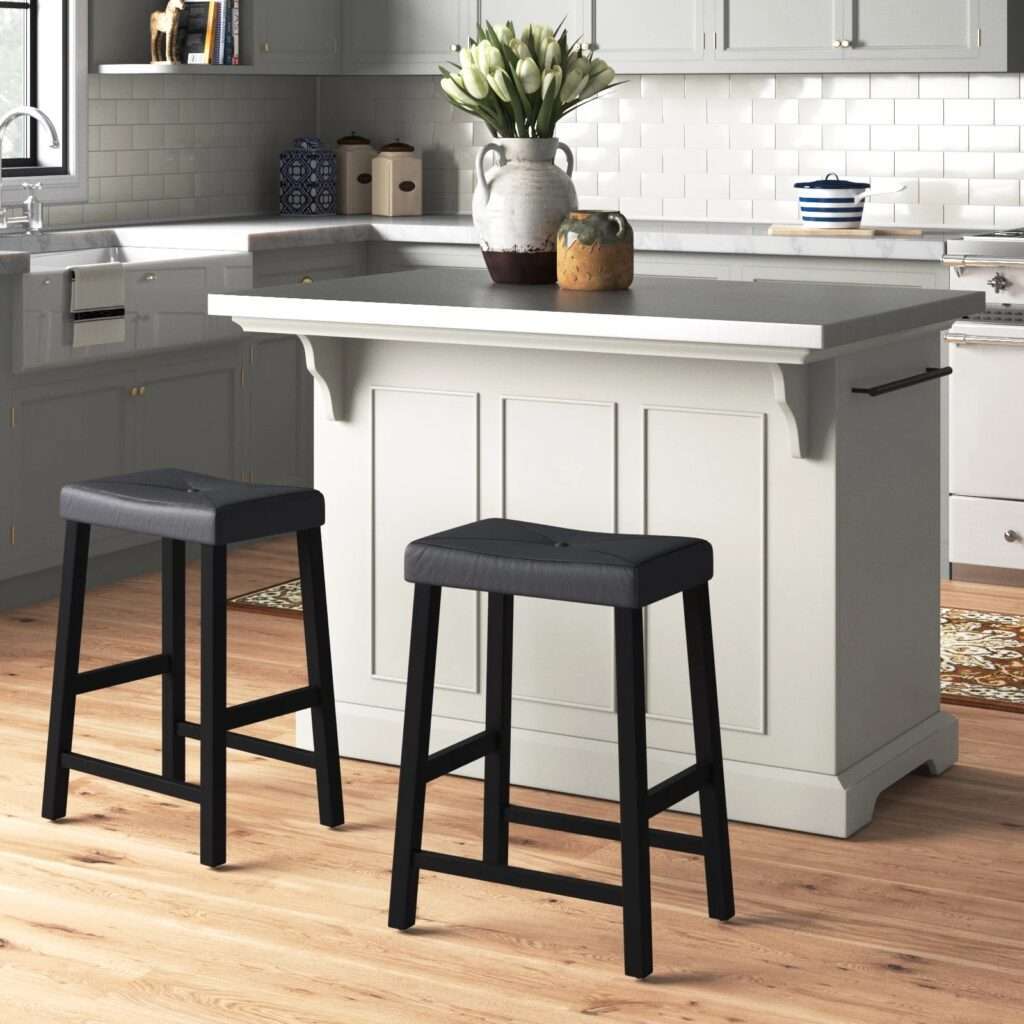
Maximizing Functionality With Size
The heart of your kitchen lies in its island, a hub for cooking, gathering, and storage. Maximizing functionality with size ensures every inch serves a purpose. Think about the tasks you perform daily. Let’s ensure your kitchen island is not just a statement piece, but a multi-functional powerhouse.
Space For Appliances
Your kitchen island’s width provides a home for appliances without cramping style. A perfect fit means easy access and seamless workflow. Consider these appliances:
- Dishwasher: Requires 24 inches minimum
- Cooktop: Needs 30-36 inches for comfort
- Prep Sink: Allow at least 18 inches of countertop on one side
Balance is key. Space out appliances to prevent a crowded feel. Include a buffer zone of 9-12 inches between them.
Seating And Storage Considerations
The width of your island influences seating and storage. Aim for a functional and welcoming space. Keep these in mind:
| Feature | Width Needed |
|---|---|
| Countertop Overhang | 12-18 inches for legroom |
| Storage Cabinets | 24 inches for depth |
| Cabinet Doors | Allow swing space |
Ensure each seat has 24 inches of width and 15 inches of clearance from the island’s edge. Deep drawers or cabinets store pots, pans, and gadgets. They turn the island into a powerhouse of utility.
Navigating Kitchen Layouts
Designing a kitchen requires careful planning. The kitchen island stands as a pivotal feature for both aesthetics and functionality. Choosing the right width is crucial to balance movement and utility. A kitchen’s flow depends on its layout. So, optimal space around an island supports a comfortable, efficient environment.
Island Placement
Island positioning impacts kitchen use and flow. Place your island strategically to boost efficiency. It should serve as a central hub, granting easy access to all work zones. Yet, it must not interrupt the kitchen’s natural traffic patterns.
Walkway Clearances
- Minimum clearance: between 36-42 inches for walkways
- Multiple chefs: at least 48 inches of space around
These clearances ensure freedom of movement. They also guarantee safety in a busy kitchen. Check your kitchen dimensions before deciding on an island width. This ensures adequate walkways around the island.
| Layout Type | Recommended Island Size |
|---|---|
| Small Kitchen | Small Island: 2 feet by 4 feet |
| Large Kitchen | Larger Island: 4 feet by 6 feet or more |
Customization And Personalization
A kitchen island serves as the heart of culinary activities. It adds functionality and aesthetic appeal. Customization and personalization transform a standard island into your kitchen’s centerpiece. Tailor your kitchen island to meet your cooking habits, storage needs, and style preferences. From size and shape to color and features, every detail can reflect your personal touch.
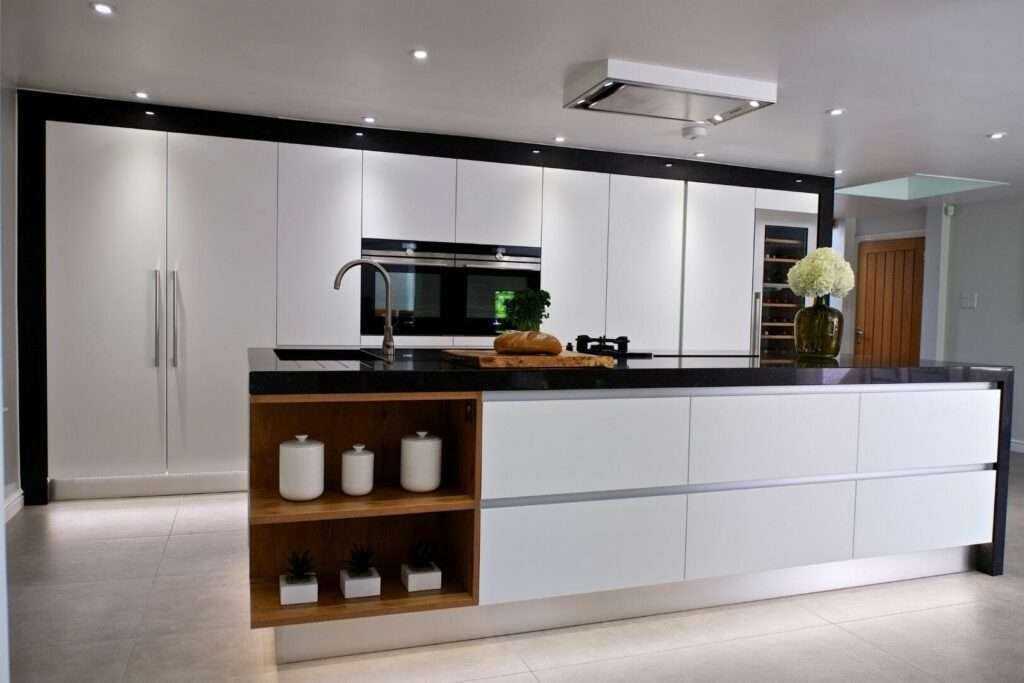
Tailoring To Your Needs
Finding the right fit involves more than just picking a style. Consider your kitchen’s size and how you use it. Do you love hosting big dinners or need more room for your cooking adventures? A custom kitchen island can cater to these needs. It should provide enough space without hindering movement around the kitchen. The typical width can range from 24 to 48 inches, but personal preferences can push these boundaries.
Creative Design Variations
Think beyond the standard rectangle. Kitchen islands can be round, oval, L-shaped, or even a completely unique shape. Infuse your personality into the design. Choose features that enhance your kitchen’s functionality. Options include extra sinks, built-in appliances, or special storage units for your tools and ingredients. Mix materials and textures for a one-of-a-kind look. Consider a butcher block top for a chef’s touch or a marble counter for elegance.
Dive into the realm of creativity with materials and finishes. Incorporate reclaimed wood for a rustic appeal or high-gloss finishes for modern sophistication. The key is to create a space that resonates with you.
For more inspiration, here’s a quick glance at common width ranges for personalized kitchen islands:
| Dimension | Width Range (Inches) |
|---|---|
| Small | 24-30 |
| Medium | 31-40 |
| Large | 41-48+ |
The journey to your perfect kitchen island starts with a vision. Work with a professional to bring that vision to life. The result? A kitchen island tailored just for you, blending seamlessly with your daily life and kitchen flow.
Common Pitfalls To Avoid
When designing or updating your kitchen, choosing the right size for your island is crucial. It’s not just about the available space, but also how it impacts your kitchen’s functionality and aesthetics. Let’s delve into some common mistakes that you should avoid to ensure your kitchen island is both practical and visually appealing.
Overcrowding The Kitchen
An island should be a benefit, not a burden. To prevent overcrowding:
- Ensure ample walkway space. At least 36 to 48 inches should surround the island for comfortable movement.
- Consider the island’s scale in relation to the rest of your kitchen. It should not consume the entire floor space.
- Avoid large islands in small kitchens. They can restrict movement and create a cramped atmosphere.
- Balance storage and seating. Too much storage can make the island bulky, while too many seats can hamper functionality.
Neglecting Proper Lighting
A well-lit island is essential for function and form. Consider the following to ensure proper lighting:
- Install task lighting above your island. Pendant lights or recessed lighting work well for illuminative efficiency.
- Aim for even distribution to avoid shadows and dark spots that can impair culinary tasks.
- Layer different light sources. Combine ambient, task, and accent lighting for a dynamic and flexible kitchen environment.
- Match lighting with island size. Large islands may require more fixtures for adequate coverage.
Frequently Asked Questions Of How Wide Is A Kitchen Island?
How Wide Should Kitchen Island Be?
A kitchen island should be at least 24 inches wide. For optimal functionality, aim for a width of 36 to 48 inches.
How Long Should An Island Be For 4 Stools?
For seating four stools comfortably, an island should be at least 7 feet (84 inches) long. This allows for ample space regarding seat spacing and elbow room.
What Is The Minimum Width Between A Kitchen Island?
The minimum width between a kitchen island and other countertops or appliances should be at least 36 inches for safe and comfortable navigation.
Is 30 Inches Enough Space Between Counter And Island?
Yes, 30 inches is an acceptable minimum space between a counter and an island to ensure comfortable movement and usability in a kitchen.
Conclusion
Determining the ideal width for your kitchen island is essential for both functionality and aesthetics. It’s clear that a balance between ample workspace and sufficient room for movement is key. Remember, personal preference and specific kitchen dimensions will guide your final decision.
Choose wisely for a harmonious and efficient kitchen layout.


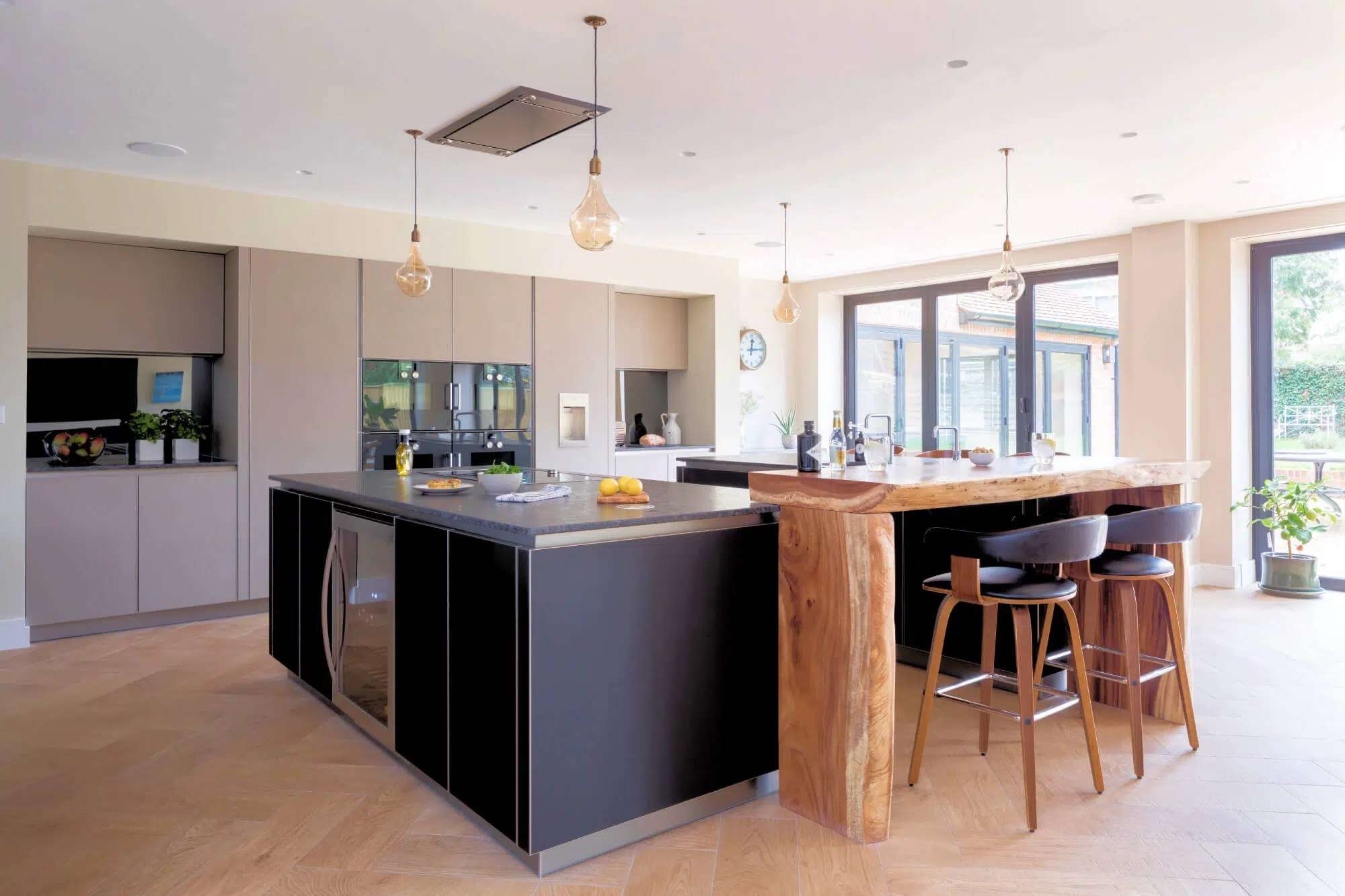
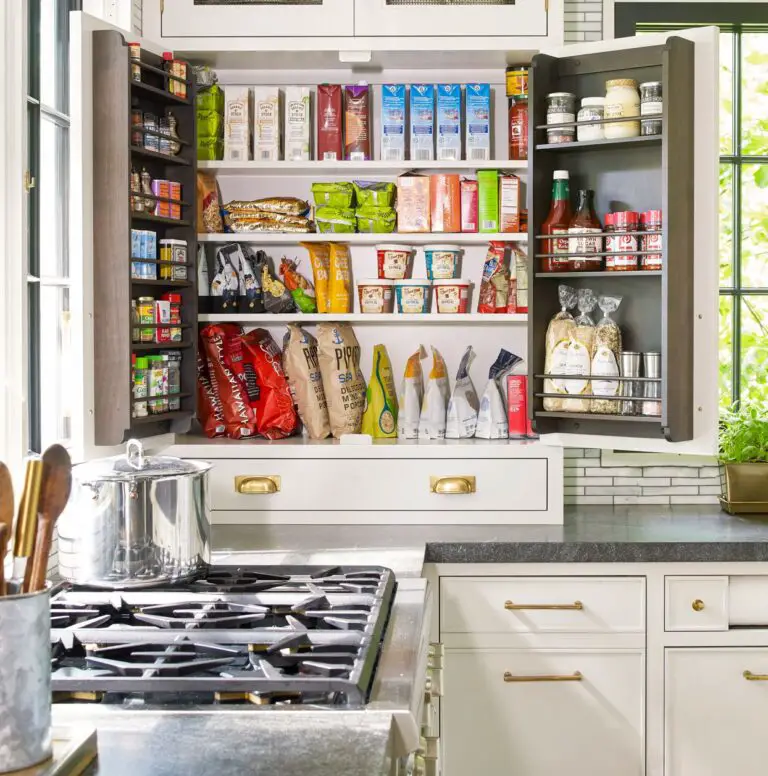
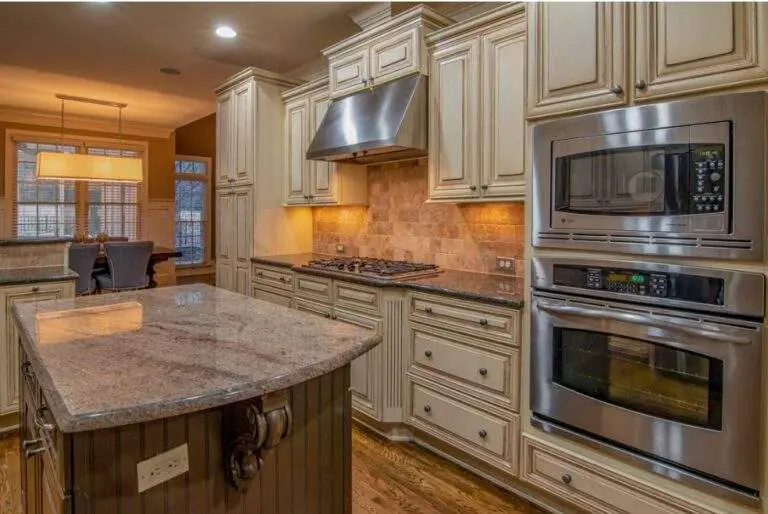
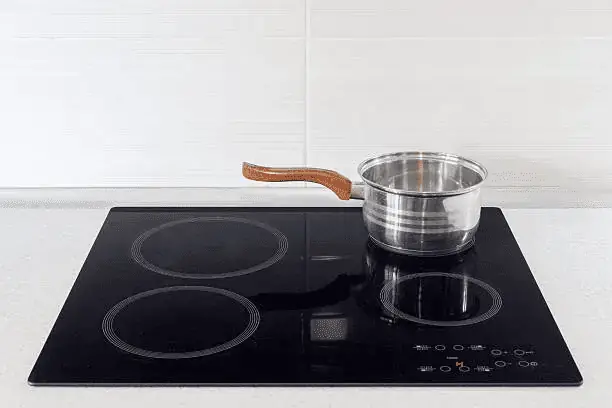



One Comment